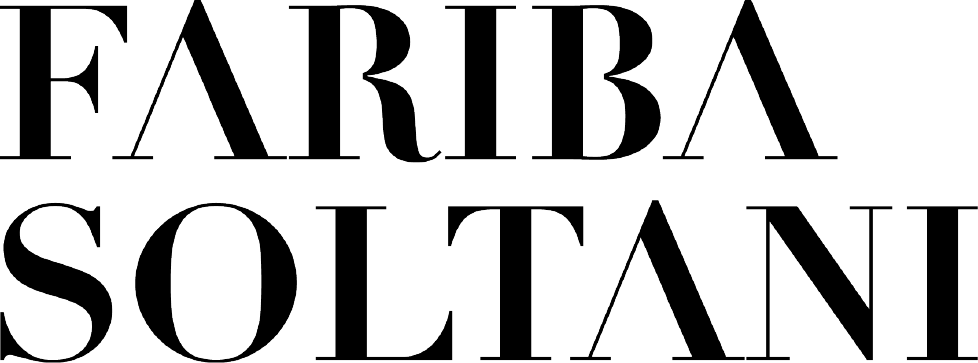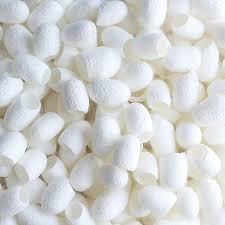A legend, a route and a touch of couture-history of Silk
weeks ago we were travelling from Switzerland to Northern Italy and the beautiful lake Como on a trip to discover more of the region and to meet my suppliers. Lake Como has been one of Europe’s centres for silk production since the 15th century. When we were at the bottom of the lake we took the opportunity to visit the little but very interesting silk museum in Como (Museo didattico della seta di Como). We were fascinated and intrigued by the production of this material and our curiosity around the history grew ever stronger to the legends of this divine material. Silk is made by silkwrorms. Once the silkworm has stopped growing, it starts to spin a cocoon around itself which would eventually turn it into a butterfly. Since hatching will destroy the cocoon threads the process has to be stopped. Each cocoon produce about 1500 meter of silk which will be combined with other silk threads to become stronger for production of silk fabric.
The interesting thing is that the silkworm eats anything but only produces silk if eats mulberry leaves. First recordings of silk come from China and it dates back a couple of thousand years! The Chinese began to produce silk in the third millennium BC. In an age when time seems to go faster and faster it feels interesting to think of materials that were thought of 5000 years ago. This divine material was made for the exclusive use by emperor and the nobility where it was an indicator of social status and class. Another use for silk at the time was the use of it as material to write on. It is amazing that for special notes and invitations we still use this material to write our thoughts on. Everyone who touches pure silk know how delicate and smooth it is.
At the time of discovery the material was deemed so special that it was of great importance to keep the production process a close secret. Anyone who tried to export the silkworm or tell the secrets of production was condemned to the toughest of punishment – death by torture. The art of sericulture – silk farming was therefore a closely held secret. With all the secrecy surrounding the sericulture it was no wander that so many tried to figure out the secrets behind it. The pure quality of material also made it one of the first luxury items to the envy of many. Hence this material started the global trade with the road that bears its name. A four thousand mile (approx 6400 km) long road – the Silk Road – started in Xi’an and passed through the pass of the Jade Gate crossing the long Turkmenistan desert to the Persian plateau with a finally stop at the Mediterranean or Constantinople (Istanbul). This trade stared during as early as a couple of hundred years before Christ. When Alexander the Great conquered Persia this region was full of silk. It was not only silk that was taken by this fleet of the land, it was also here one can find the routes of all modern commerce. To go back to our history of the material. How come the production of this material with such divine qualities (cool in summer and warm in colder temperatures) could spread from China to Europe. According to one legend the secret of sericulture was lost when a couple of monks travelled to China and hide the silk worm in a wooden cane, other stories tell about merchants finding the omersini (in Italian ermisino) from Hormuz region in Persia. Prior to second war world Como was a recognized centre for wool production but lost its business due to the conflict in Europe. The Wool was used in the production was coming from Scotland. Having lost access to the material led the way to the emergence of silk industry from Florence to Como.
The reason that silk production grew to such heights in the wonderful scenery of the Alps and the lake como was basically two fold. The surroundings are perfect of the Mulberry tree the food of the silkworm (they eat other leaves as well but pure silk is only produced from this tree) and lots of fresh water. Sadly silkworm breeding has discontinued in Italy since end of second war world and silk words are imported from China and the rest of the process; waving, colouring and tailoring happens in Italy.
Having seen the factories I produce my silk scarves in and seeing what goes behind the scene and the legend I, value more the silk I touch every day, and I am stunned how nature is such a wonder designer. I only wish researchers find a way not to kill the little worms to get the cocoon intact…seem an unrealistic wish…








